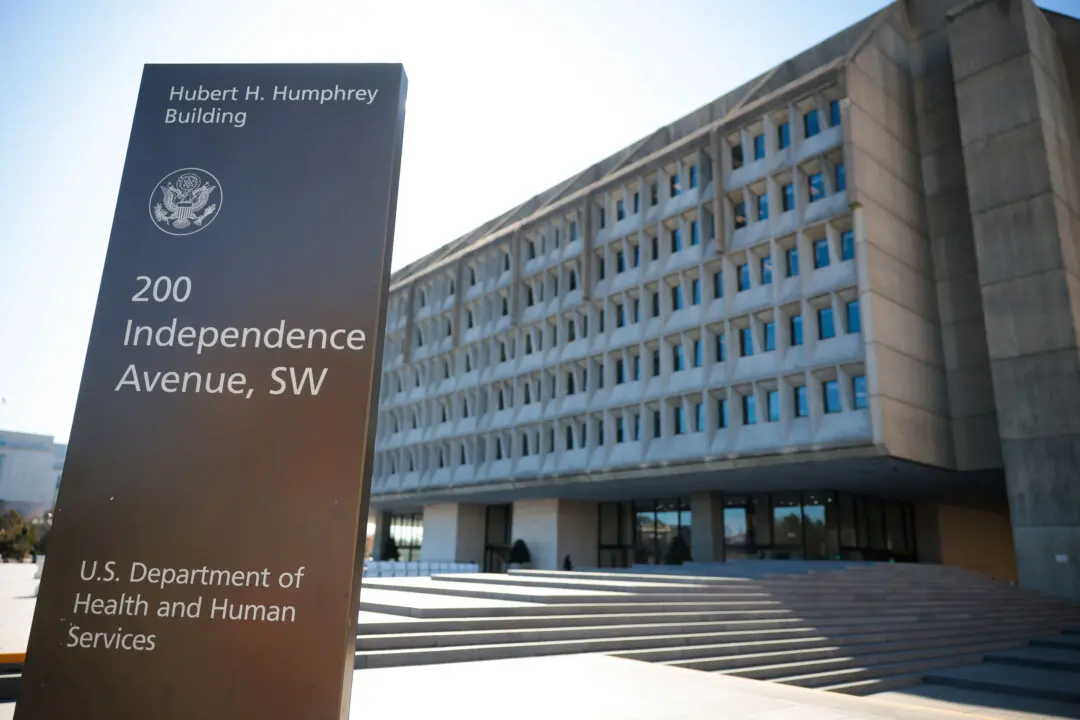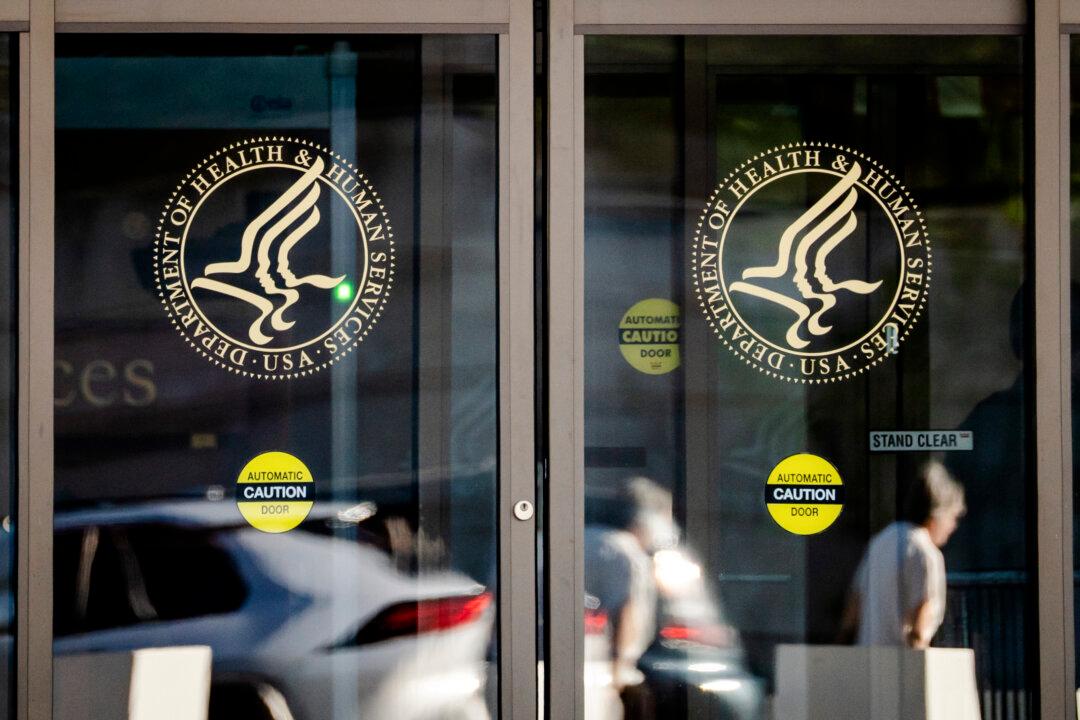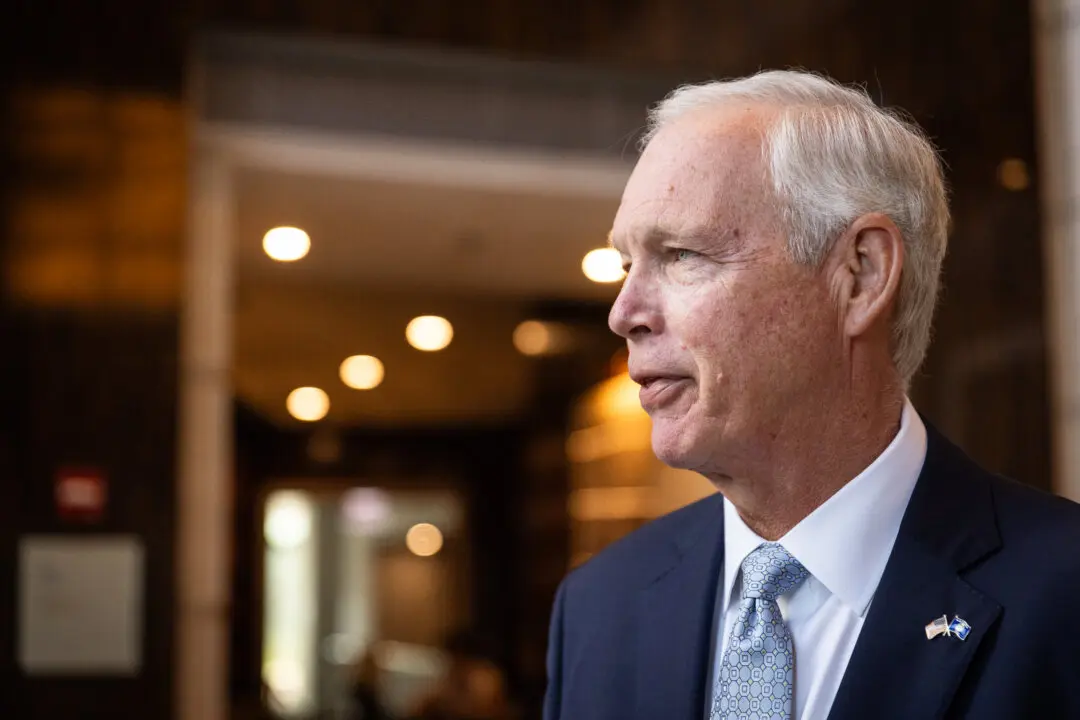New York officials are working on a reopening plan with five other states, including New Jersey, Connecticut, Pennsylvania, Rhode Island, and Delaware, as the hardest-hit state in the nation starts to see a decline in hospitalizations and in new cases.
The six governors announced on April 13 the creation of a regional advisory committee that will explore how “to restore the economy and get people back to work.”





